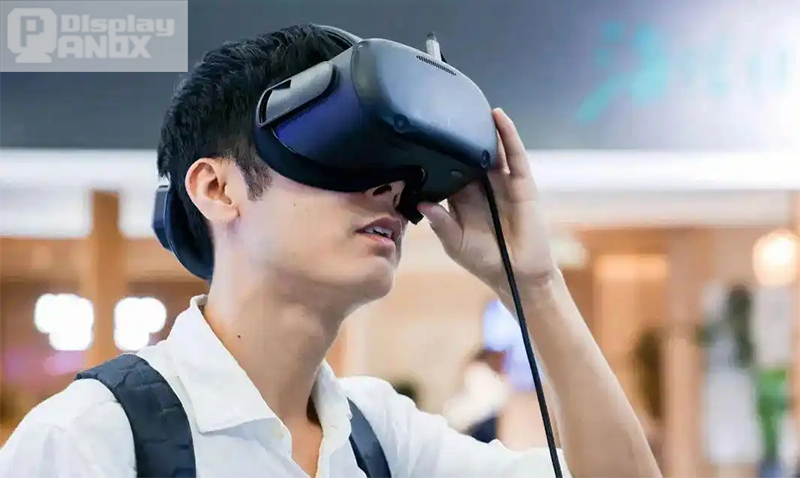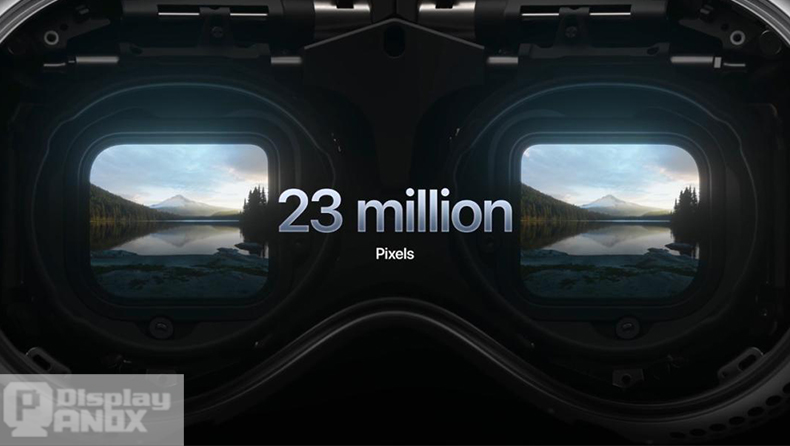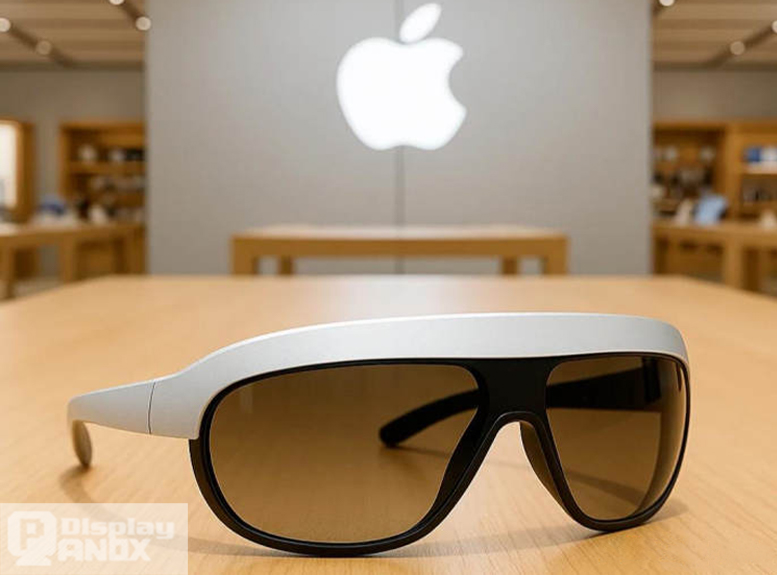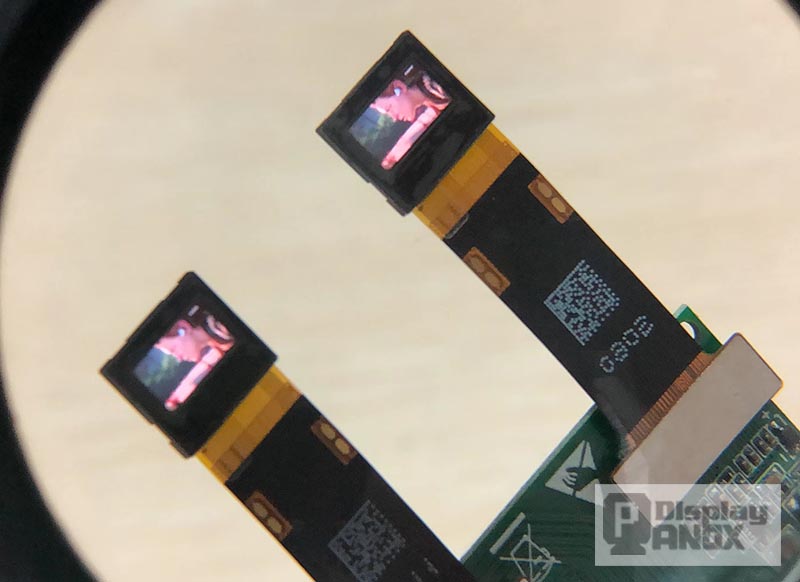While cost-sensitive consumers continue to drive demand for mature and affordable LCD technology—still dominating over 80% of the VR and MR display market—Micro OLED is steadily gaining ground in the realm of advanced near-eye displays, especially in AR and XR applications.

According to the latest data from TrendForce, Micro OLED (also known as OLEDoS or silicon-based OLED) is projected to capture 54% of the AR display market in 2024, solidifying its position as the display technology of choice for next-generation devices.
A major catalyst for this shift has been Apple’s Vision Pro. Over the past two years, it has reshaped consumer expectations and set a new industry benchmark by being the first VR/MR headset to feature Micro OLED. Since then, a wave of new near-eye display products adopting Micro OLED has hit the market.
Related: Electronics Componets In Vision Pro
Rising Momentum in AR and MR Hardware
On October 28,2024, Thunderbird Innovation unveiled its latest AR glasses, the Air 3, which incorporates a fifth-generation Micro OLED display and a new “Peacock Optical Engine” developed in collaboration with TCL. The glasses deliver 145% sRGB color gamut coverage, 650 nits of eye brightness, and a remarkable 200,000:1 contrast ratio.
Just weeks later, on November 8,2024, Aoxue launched the Vision Max MR headset. It features dual Micro OLED panels with an ultra-high pixel density of 3,882 PPI, offering 4K resolution per eye. The headset also includes Aoxue’s proprietary Pancake optical module for improved clarity and compactness.
On December 24, Pimax announced the Dream Air VR headset, packing Micro OLED panels with a resolution of 3840×3352 per eye and a 90Hz refresh rate. At under 200 grams, it promises to be one of the lightest high-end VR headsets when it ships in May 2025.

In addition, brands including Transsion, XRSPACE, Meizu, VITURE, TCL, Skyworth, and ASUS also launched Micro OLED–based products in early 2024, many of which are focused on AR.
Why Micro OLED?
A spokesperson from Thunderbird Innovation told China Electronics News that AR glasses pose unique challenges compared to conventional displays. They must seamlessly blend virtual content with real-world environments, deliver sharp visuals on compact lenses, and remain comfortable for long-term wear.

To achieve this, most current AR products utilize one of two main optical architectures: BirdBath and waveguide. Each offers different advantages—BirdBath excels in brightness and contrast, while waveguide solutions are more compact and flexible in terms of design.
Several brands—including Meizu and Thunderbird—have adopted the Micro OLED + BirdBath combination. For instance, Meizu’s StarV View and Thunderbird’s Air 2s both pair Sony’s Micro OLED panels with custom-developed BirdBath optics, offering a well-balanced blend of visual performance and affordability.
A Versatile Platform for AR, VR, and MR
TrendForce’s analysis suggests that Micro OLED is currently the only display technology capable of effectively supporting all three immersive platforms—AR, VR, and MR. Its ability to deliver high pixel density, excellent contrast, and power efficiency makes it particularly suitable for near-eye displays.
While Micro OLED continues to face challenges related to production cost and scalability, the outlook remains strong. As manufacturing capacity ramps up and supply chains mature, Micro OLED is expected to become increasingly competitive, especially in high-end XR applications.

Looking ahead, both Samsung and Apple are reportedly planning to launch new XR headsets in 2025—likely adopting Micro OLED displays. Apple is also rumored to be preparing next-generation VR/MR devices for release as early as 2026. These may include both premium and mainstream models: the high-end variant is expected to feature resolutions exceeding 3,000 PPI with Micro OLED displays, while the more affordable version could utilize glass-based OLED or LTPO LCD panels to reduce costs.
Final Thoughts

As Micro OLED technology continues to evolve, its dominance in the AR segment—and broader XR market—seems increasingly inevitable. With ongoing advancements and growing industry support, it’s poised to redefine the visual experience across AR, VR, and MR devices.
















